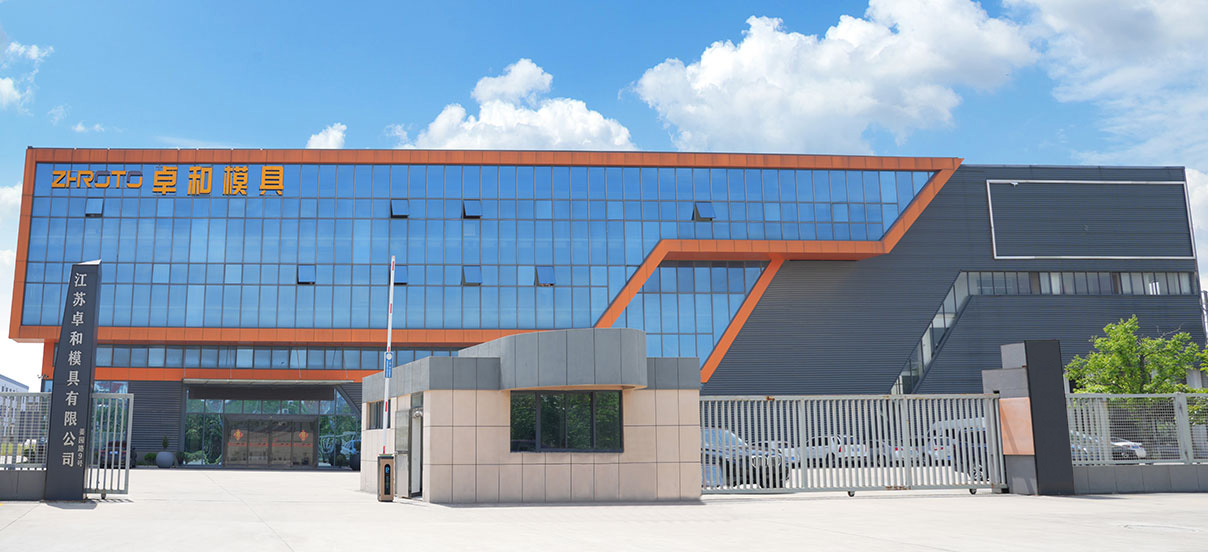What are the key factors to consider when designing a fuel tank mold for an automobile?
When designing a fuel tank mold for an automobile, there are several key factors that require special consideration:
Size and shape of the fuel tank
The mold design must accurately reflect the actual size and shape of the fuel tank, including any complex geometry and internal structure. The design of the fuel tank must meet the installation space and design requirements of the vehicle.
Material compatibility
The fuel tank mold needs to use materials that are compatible with the fuel tank material. Common fuel tank materials are plastics (such as polyethylene) and metals (such as aluminum or steel), and the mold material must be able to withstand the processing requirements of these materials.
Pressure and temperature control
The design must consider pressure and temperature control during the injection molding or die casting process. The mold needs to be able to withstand high temperatures and high pressures while maintaining a stable shape and size.
Channels and cooling systems
The design of cooling channels within the mold is critical. An effective cooling system helps to uniformly cool the mold, reduce warping or deformation, and improve production efficiency and product quality.
Durability and maintenance
The mold needs to be designed to be durable enough to cope with long-term production pressure and wear. At the same time, the mold's maintenance and repair convenience should also be considered to reduce downtime and maintenance costs.
What are the main technologies and processes for manufacturing automobile fuel tank molds?
Manufacturing automobile fuel tank molds involves a variety of technologies and processes, mainly including the following:
Injection molding
Injection molding is a common technology for manufacturing plastic fuel tank molds. Molten plastic is injected into the mold and cooled to form. This method is suitable for large-scale production and can produce high-precision and high-complexity fuel tank components.
Die casting
Die casting is the main process for manufacturing metal fuel tank molds. Molten metal is pressed into the mold and cooled to obtain a metal part of the desired shape. This process is suitable for metal fuel tanks such as aluminum alloys or magnesium alloys, and can provide excellent strength and corrosion resistance.
CNC machining
CNC machining is used to manufacture the core components of the mold, providing precise cutting and forming. CNC technology can handle complex geometric shapes and ensure the accuracy and consistency of the mold.
Electrical discharge machining (EDM)
Electrical discharge machining is used for precision mold manufacturing, especially when dealing with hard materials. It removes material through electric spark discharge and is suitable for making complex shapes and delicate structures.
Laser cutting
Laser cutting technology is used for precision cutting of molds, especially when high precision and complex patterns are required. It provides high-quality cut surfaces and reduces subsequent processing steps.
Heat treatment
Heat treatment is used to improve the properties of mold materials, such as hardness and wear resistance. Through the process of heating and cooling, the physical properties of the material are changed to enhance the durability and life of the mold.
Surface treatment
The mold surface is treated, such as chrome plating or nitriding, to improve its corrosion resistance and wear resistance. Surface treatment also helps reduce friction and adhesion during the production process.

 English
English 中文简体
中文简体 русский
русский Español
Español











